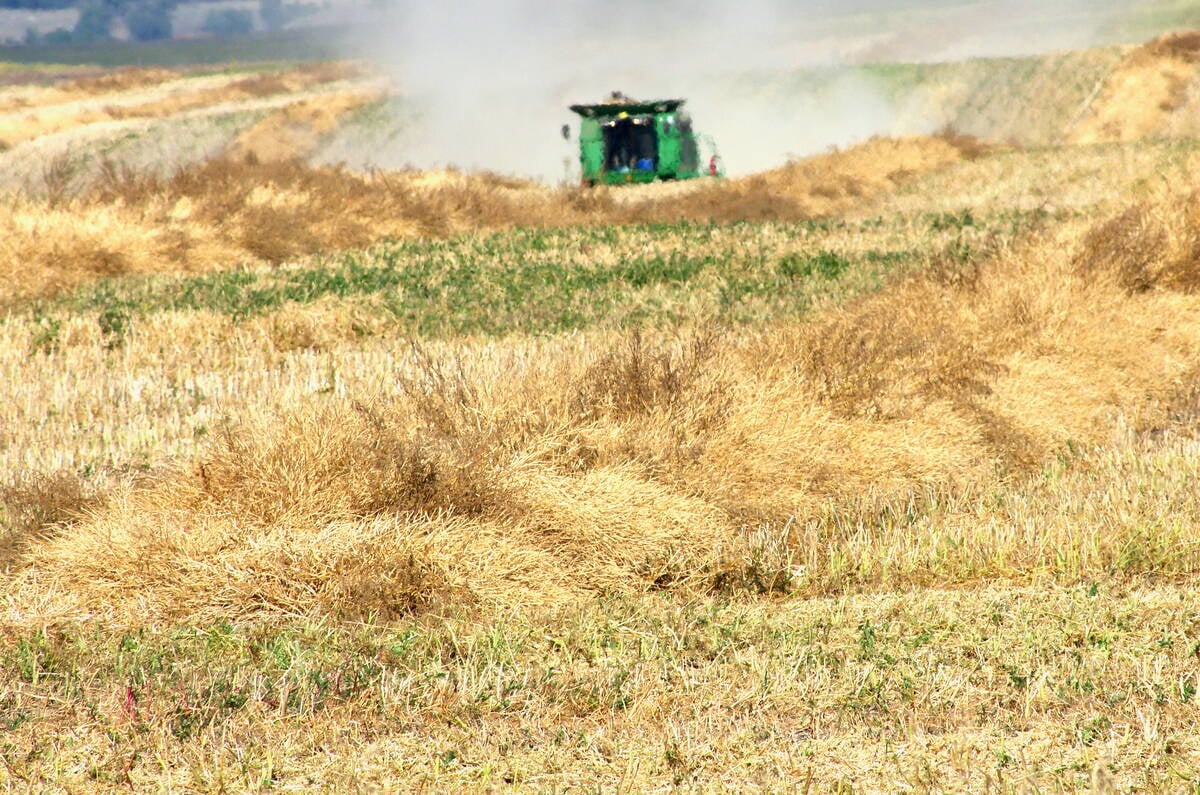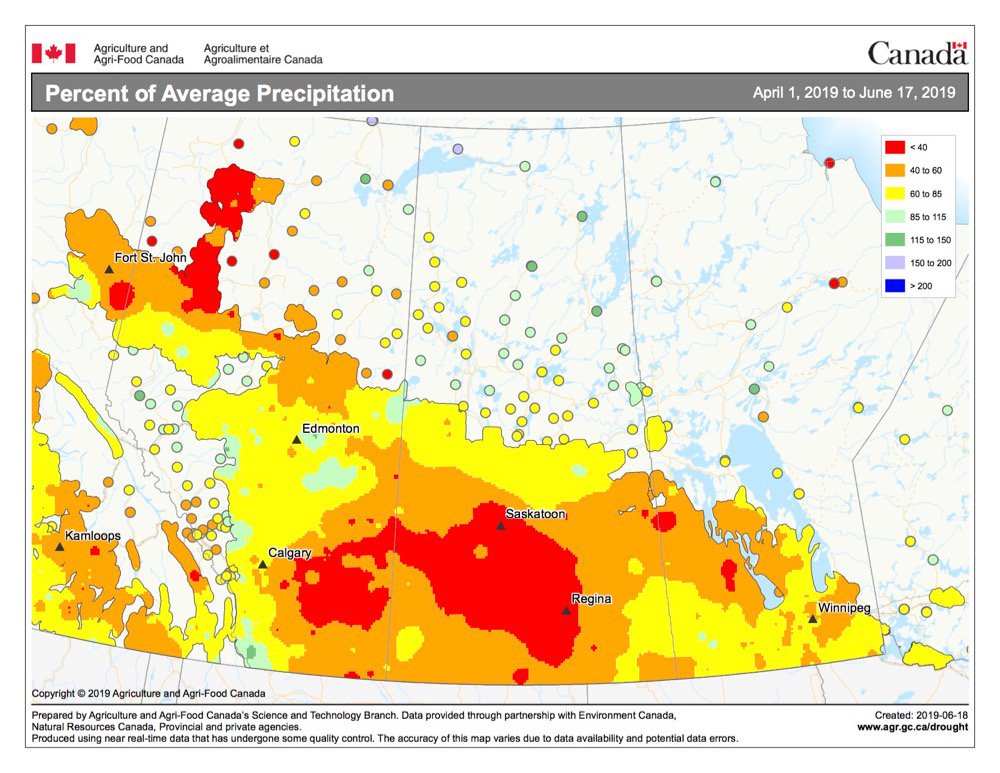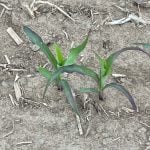CNS Canada — Many cattle producers looking for local feed this winter might have a difficult time, according to a Saskatchewan provincial forage specialist.
However, producers further north in the grey and black soil zones, and those in Alberta producing high-quality feed for export, saw near-record hay production.
Terry Kowalchuk of Saskatchewan Agriculture in Regina and Ed Shaw, director of market development for Green Prairie International, a forage supplier at Lethbridge, agreed many cattle producers, especially in southern areas, are going to have to scratch around to find feed this winter.
Read Also

ICE Canada Weekly: Canola could climb higher through to spring
With harvest pressure on canola over, the Canadian oilseed could track higher until spring, said David Derwin, commodity futures advisor for Ventum Financial in Winnipeg, Man. Although he cautioned there will be some rough patches along the way.
Localized shortages will prompt industrious producers to find other sources, Kowalchuk said. How soon depends on how much hay they have stockpiled. Many cattle producers have a year’s supply to get them through times when lower-quality forages are tight.
Lower-quality grain crops harvested in drought-ravaged southwestern and south-central Saskatchewan may offer cattle producers an alternative, he added.
As well, he said he expects to see many farmers cutting ditches, using straw and chaff and finding other sources of inexpensive feed this fall and winter.
Adding to the problem, many farmers in southwestern and south-central areas have had to take cattle off grazing lands early to preserve pastures. Early feeding brings an added cost most producers can ill afford.
“If we have an early winter and it’s extremely cold, there will be serious pressure on the cattle industry in particular,” he said.
“If they’ve already exhausted alternative supplies and costs don’t pencil out, then you start to look at destocking.”
He estimated producers in the southwestern and south-central regions cut about 50 per cent of the hay they have in previous years.
Meanwhile in Alberta, Shaw said this year has been one of the best he’s seen for high-quality forages. Green Prairie exports timothy hay and alfalfa overseas and mixed hay, timothy and alfalfa to the Florida horse market. It has also started a pet food line which has increased demand for supreme timothy.
“The weather was very good, the quality has been very good, the yield, the yields were pretty fair. For the most part, world market prices are decent.
“So, it’s almost like a homerun where you get the pricing, the weather, yield, quality all together. That’s not too common.”
One problem, he said, is a lack of enough lower-quality forages wanted by some of his cost-conscious clients.
As well, he acknowledged, on the local market, a shortage of lower feeder quality hay may develop.
— Terry Fries writes for Commodity News Service Canada, a Winnipeg company specializing in grain and commodity market reporting. Follow CNS Canada at @CNSCanada on Twitter.
















